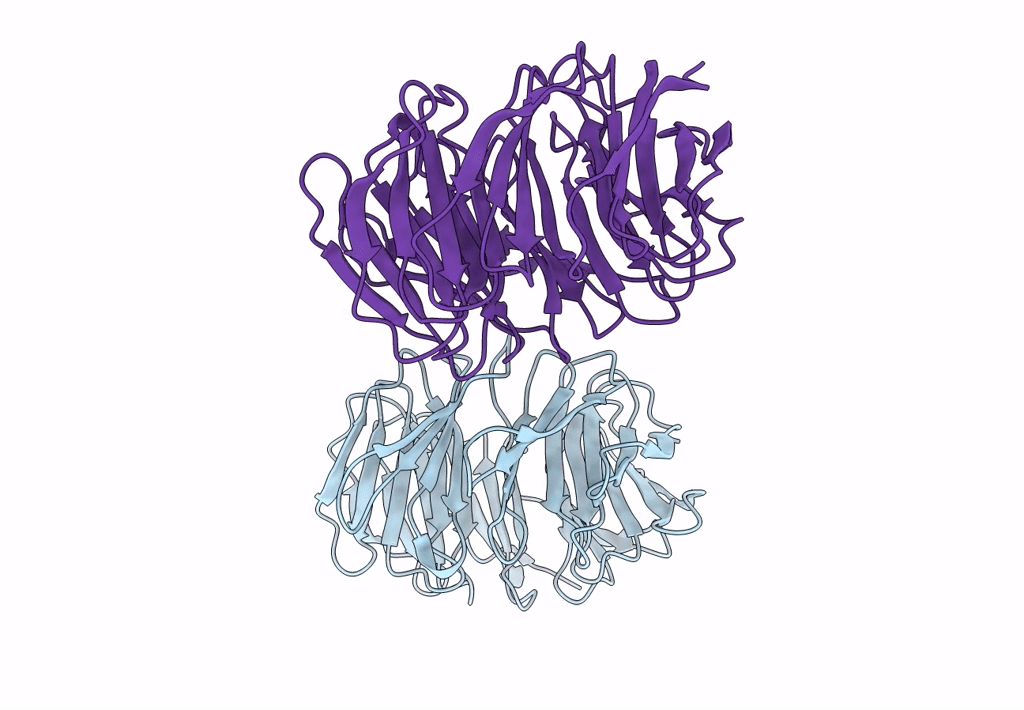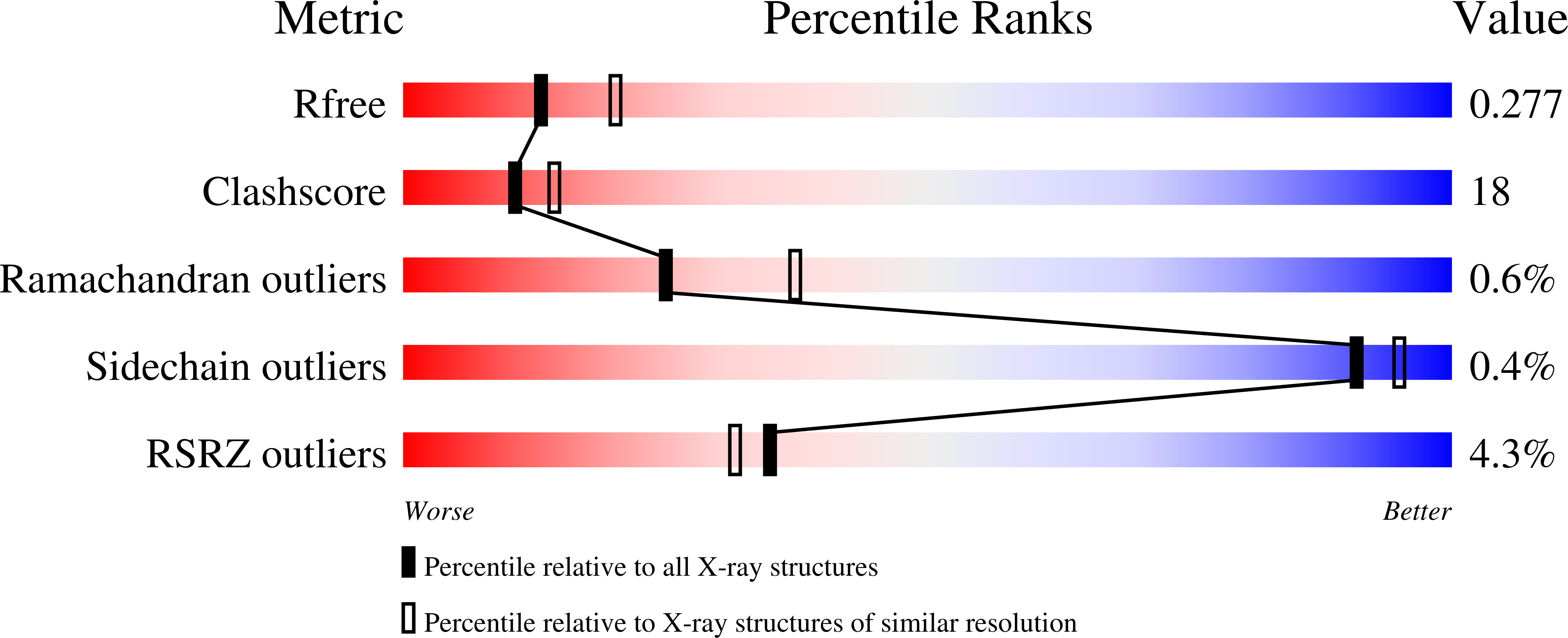
Deposition Date
2017-04-10
Release Date
2017-06-07
Last Version Date
2024-01-31
Method Details:
Experimental Method:
Resolution:
2.65 Å
R-Value Free:
0.28
R-Value Work:
0.22
R-Value Observed:
0.23
Space Group:
P 1 21 1


